Au Revoir Petit Frère...
July 28th is a special day for my family and me. Filled with both joy and sadness.
"Joy", happiness and love, because it is my mother's birthday. She is turning 73 years old today. Happy birthday Mum, and for many more years to come.
"Sadness", pain and sorrow, because it is also the day we buried my little brother and his father, 1 year ago, on July 28th, 2022. He was only 38 years old. Way too young to die.
I thought I wrote a post about this last year, but I realised I did not. It has been complicated for me to talk about this until now. Time eases the pain, I guess.
Though, one year is still very recent for me, too recent, maybe. And yet, even if still painful, I feel the need to write this post to remember and commemorate my little brother.
On July 17th 2022, my family was victim of a tragedy. My mother called me. She was in tears. It was so painfully emotional for her that she had difficulty talking. I listened carefully. I could not believe it. I was both devastated and in shock.
That day we lost both my stepfather and little brother in a tragic and dramatic incident (he was actually my half-brother, but my brother to me). The sort you think can only happen to others, in movies or real life, but only to specific people or families living in certain conditions, with particular problems or with precedent history, until it happens to your family.
It is the type of story you usually only read about in the "faits-divers", brief news stories, typically found in most French newspapers, that are sensational, lurid, morbid, etc.
I was speechless, bewildered and mournful. Why? How? What triggered such a horrible and indescribable event?
Few days later, I was on a plane from Hong Kong to my hometown of Bordeaux to support and help my mother and my family.
The few weeks that followed, spent with my mum and family, were some of the most difficult of my life.
This was the official announcement in the local newspaper "Sud-Ouest"
To my brother, Mathieu Bertrand, who left too soon, too quickly, on July 17, 2022, a year ago. Your presence is still very much alive in me. A year has passed, and yet it feels like yesterday.
Your memory will forever be engraved in my memory and that of the family and all those who knew and loved you and those who also accompanied you and travelled a long way with you.
Next month, I'm coming with the kids to Bordeaux to see family and friends. I will also come to visit you at the cemetery and take a moment to tell you that I am thinking of you and that you are always there for me, very close. We will never forget you. Peace to your soul, and rest in peace, little brother.
Last year, on December 22, your birthday, you would have turned 39. So, wherever you are, I wish you a Happy Birthday, little brother. I think of you, and I will never forget you.
This picture of you was taken from your profile on Facebook. It was one of the last selfies you took of yourself.
Last year, after your passing, I wanted to change it to black and white. I hesitated ... and then no, I left it as is, as I prefer you in colour. That's how I want to remember you.
I just tweaked it a bit and added a frame, like those family photos we put on the furniture or the walls in the living room, so everyone can see and remember those who left. Because I want everyone to see you and remember you. To keep your memory as long as possible.
Same for your Facebook page. I wanted to close it at one point, but on the advice of one of my best friends, I did not. I left it as is. And he was right! It is better to leave your Facebook page open so that everyone can still see you, remember you and write you a note if and when they feel like it.
I miss you, little brother. I often look at your picture, and look at the sky too. I hope you are well and that you continue your journey with your father, together, and that he takes good care of you up there.
There is a church near my work. I went there to light a candle for you in your memory.
And I invite all those who want to do the same to do it, so that, even from up there, Mathieu will see all of your candles and realise he has not been forgotten. That he is still very present in our minds and our hearts.
At the same time, all these candles could be like the ones he could have had for his 39th birthday but did not. It would be a nice gesture from all of you.
This is a post for all the buddies, friends and other relatives and acquaintances of my little brother, Mathieu Bertrand, who may not yet be aware or may have not realised it yet.
Sorry to tell you this way, but my little brother, Mathieu, and his father, Michel (my stepfather), died on July 17, 2022, in the village of Comps, following a tragic incident.
The ceremony took place on July 28th, 2022. It occurred at the little church of Comps and the burial was done right after the ceremony, at the cemetery of Comps.
There were about 300 people at the church. It was impressive, emotional and moving. My heartfelt thanks to all these people who came to accompany them on their last journey.
And I also thank all those who could not be there physically but in thought with us that day.
Words fail me. It's very sad. A year has passed, and I miss him so much already. Peace to your soul, little brother, and may you rest in peace.
Out of respect for my brother, Mathieu, and his father, Michel, my mother, my family and I prefer not to give details about the circumstances of their deaths. Thank you for your understanding.
To everyone who wrote messages on Mathieu's Facebook page and other social media. Thank you all for your condolences, thoughts and support.
Thank you to all those who could come for the ceremony on July 28th 2022, and those who were there with us, too, even if only in thought.
As mentioned earlier, at least 300 people must have been at the church. It was impressive.
Arnaud and Aurelie, Mathieu's half-brother and half-sister on his father's side, and myself, as well as their children, a few members of our family, and some of his colleagues and friends, made beautiful speeches. It was very emotional. Especially having to speak in front of such a crowd.
It was a wonderful ceremony, full of emotions, with poignant and moving texts, which, without consulting each other first, complemented each other and allowed us to express ourselves, better understand the situation and our different perspectives, and, more importantly, "accept" it, so that life could go on.
It was a message of peace that we wanted to transmit. A message of the love of a father for his son and of a son for his father. A message to say that our family has chosen love rather than anger.
The music was very well chosen. Father Francis was brilliant, humble, simple, present and smiling. Despite the circumstances, he brought an enjoyable and light tone and energy to this ceremony, which, without his contribution, could have been long, heavy and laborious, given the circumstances.
And even the singing of two people who knew Mathieu and who wanted to sing at the time of the funeral, while it was not planned, brought an even more unique atmosphere, softer and easier to live during this painful moment at the cemetery.
Even the sky was beautiful that day. It was as if everything came together and was in place for my brother and my stepfather to leave in the best possible conditions. As if the sky and the angels had agreed to receive them in style and respect with great fanfare.
For all that, thank you. I love you, little brother, and I will never forget you. Peace to your soul and rest so you can continue your journey with your father.
NB: I apologise to those I did not see and/or recognize in the crowd and those I saw but could not greet or thank properly. Thank you to all of you. 🙏🙏🙏
To all the people who knew Mathieu and were his friend in real life and/or on Facebook, the family and I shared your pain. I wanted to, once again, thank you for all your messages of sympathy, condolences and thoughts.
Mathieu's Facebook page is still open. I invite those who will want to do so to write a message for Mathieu, to show him your love and affection and tell him that you won't forget him.
Remember that those who left continue to live with us as long as we continue to think and speak about them and remember them. They will only vanish the day we stop. So, please continue.
On this day of July 28th 2023, all my thoughts go to my mother, who lost her son and her compagnon on July 17th 2022 and buried them on her birthday, July 28th 2022. A day that will forever be marked by thoughts and memories.
All my thoughts also go to Arnaud and Aurelie, their respective children, and the rest of the family and friends. I'm with you.
Despite certain issues, Mathieu had a life. A full life. And he was loved. He had a family. He had friends. A lot of them judging by the amount of messages of thoughts and condolences he received on his social media pages, and the amount of followers he had. He had a job. He loved music, cinema, theater, traveling and even dancing. He was caring for others and had his way of making friends wherever he went.
Things could get complicated at times for him for diverse reasons. And yet, as difficult as it was depending on the day, he was still enjoying his life and he had a life. That life was taken away from him...
Wherever he is now, I hope that he is happy and free to be himself.
I love you and miss you little brother. Peace to your soul and may you rest in peace.
Thank you for reading this very personal post. It was important for me to write it.
For the past few years, I have been creating music tracks under my other alias DOMELGABOR. And, last night, I could not sleep. So I composed a little song with my brother, his father and my mother in mind. I dedicated it to them.
I wrote this post while listening to the music track I made (over and over again) until I finished writing. It was very emotional and spiritual at the same time. Mathieu was also with me in spirit.
If interested to listen to it, click on the links below:
PRELUDE by @domelgabor 2003 (YouTube)
PRELUDE by @domelgabor 2023 (Spotify)
Take good care of yourself and your loved ones. It is essential. As, in this increasingly fake and individualistic world, family and friends are what's real and what matters the most. The rest is superficial and often unnecessary.
Thank you, and spread some love around you.
Dom
@ledomduvin #ledomduvin #aurevoirpetitfrere #tomylittlebrother #remembering #commemorating #rip #petitfrere #littlebrother #passing #death #pain #memories #tribute #neverforget
Unless stated otherwise, all right reserved ©LeDomduVin 2023, on all the contents above including, but not limited to, photos, pictures, drawings, illustrations, collages, visuals, maps, memes, posts, texts, writings, quotes, notes, tasting notes, descriptions, wine descriptions, definitions, recipes, graphs, tables, and even music and video (when and where applicable).




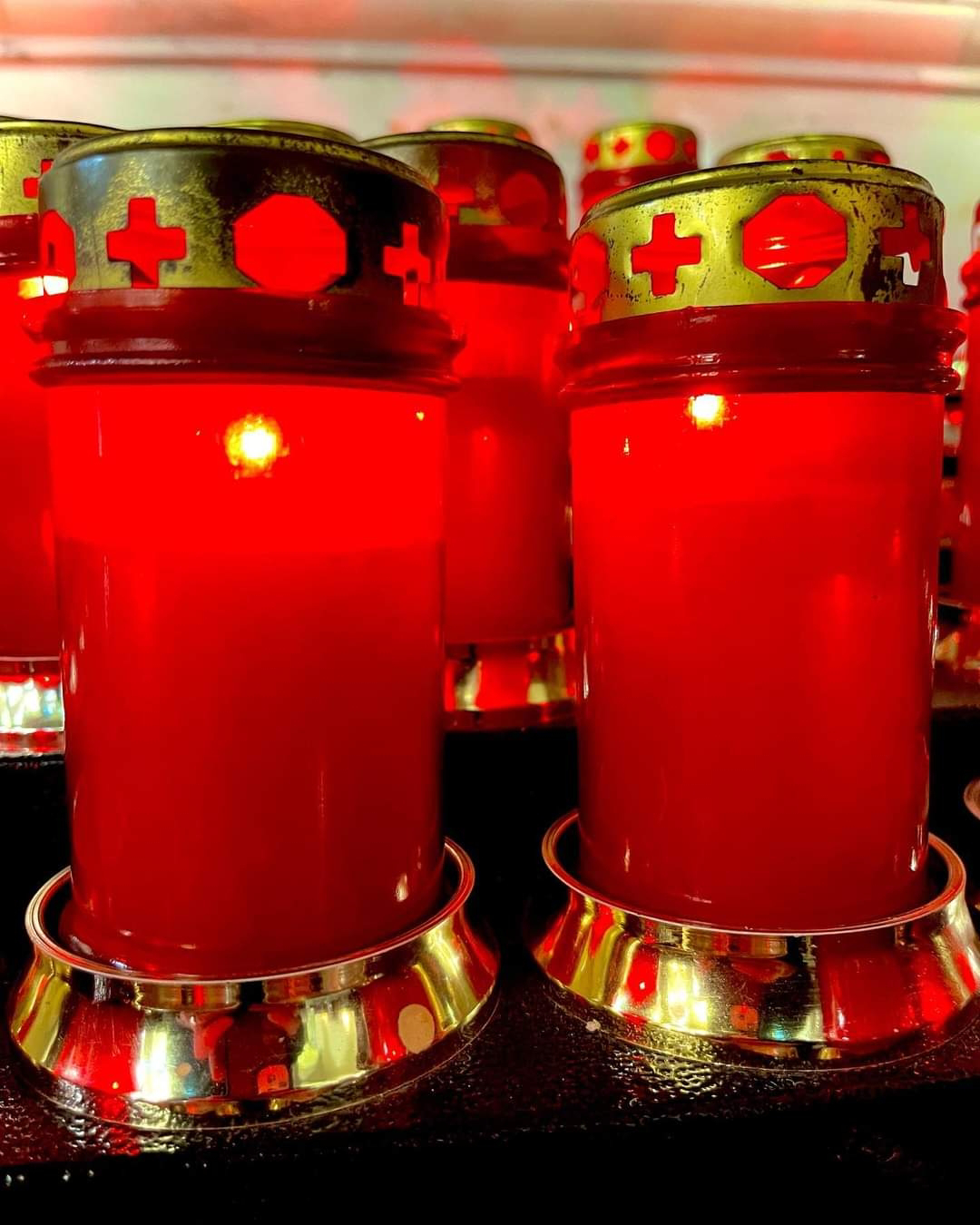
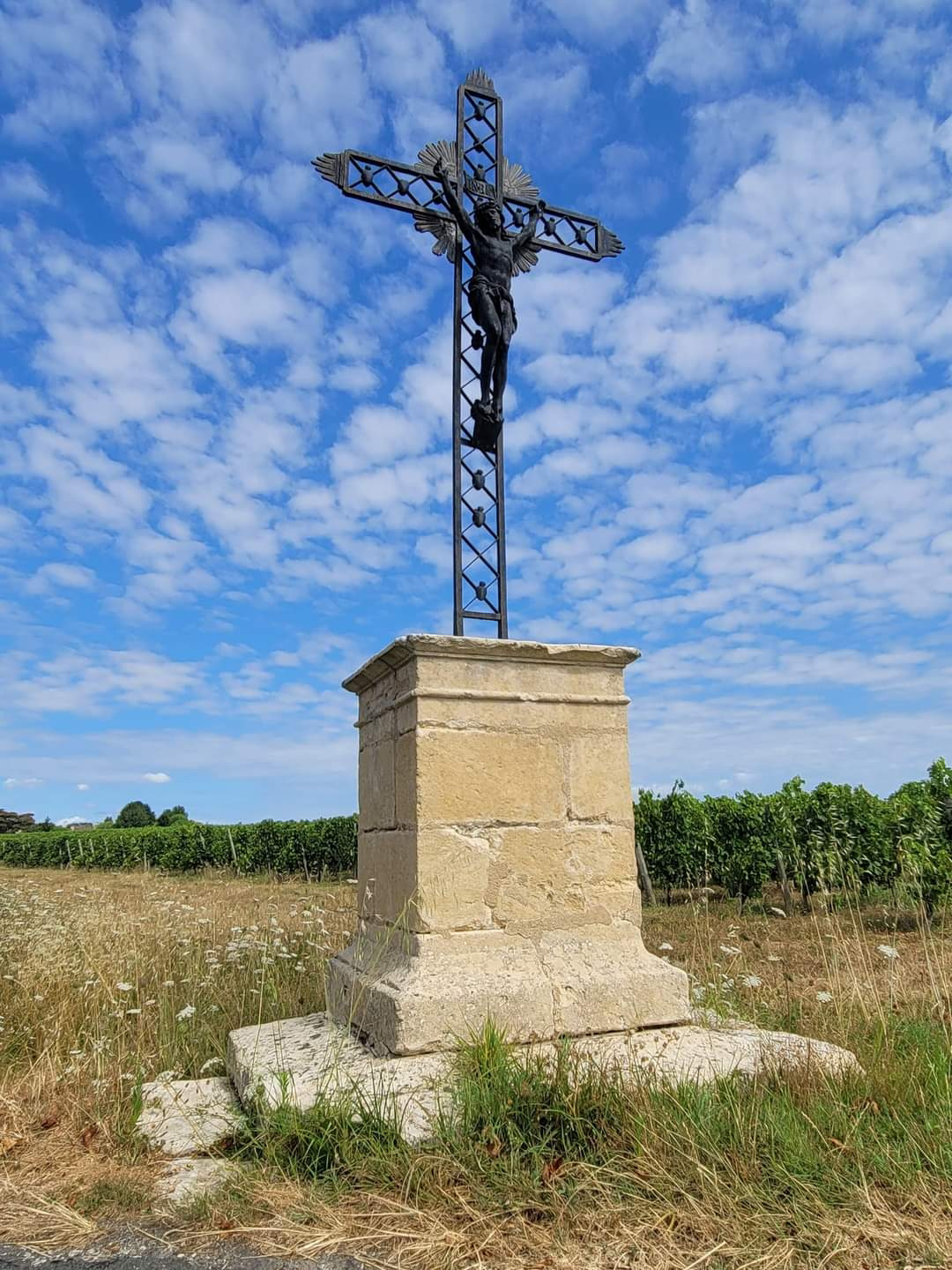

.PNG)
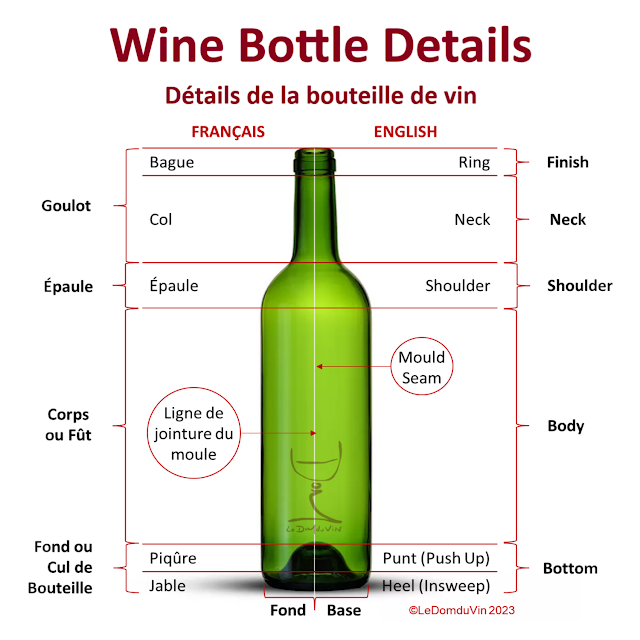
.png)
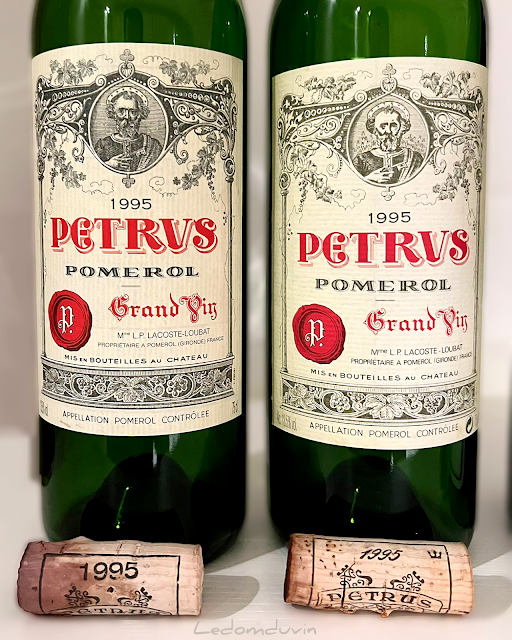
.png)
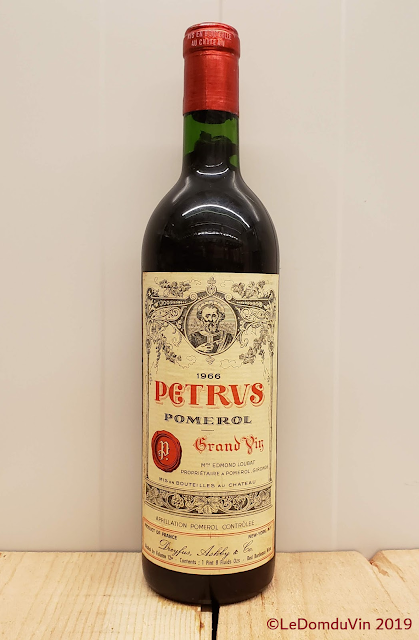





%20by%20@ledomduvin%202023.png)



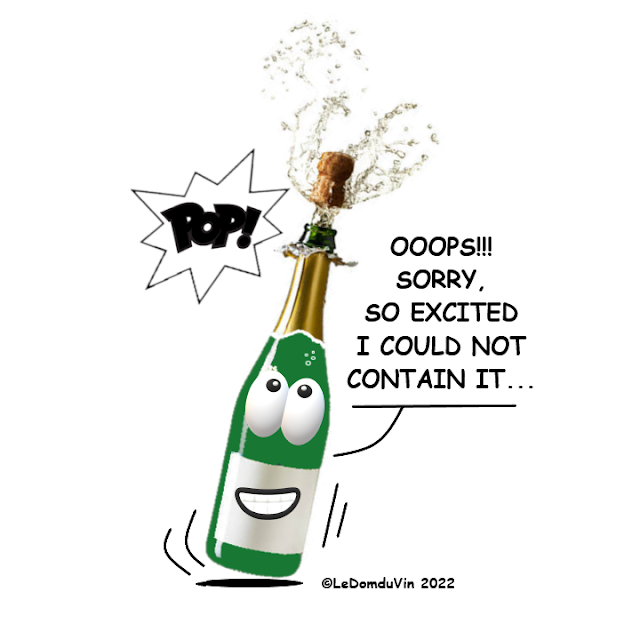

%20by%20@ledomduvin%202023%20(v2).png)
.png)

.png)

.png)
.png)
%20Egly%20Ouriet.png)